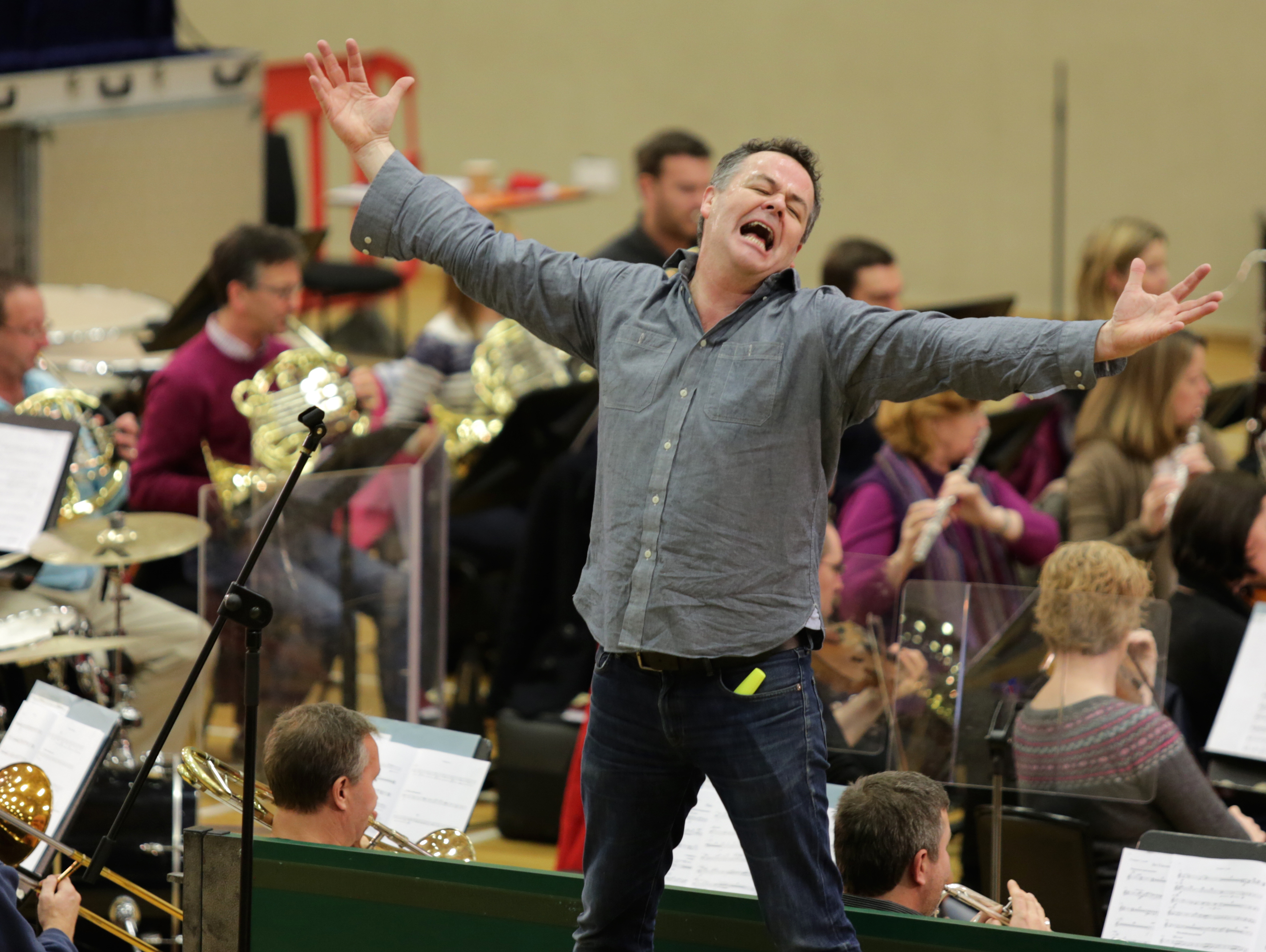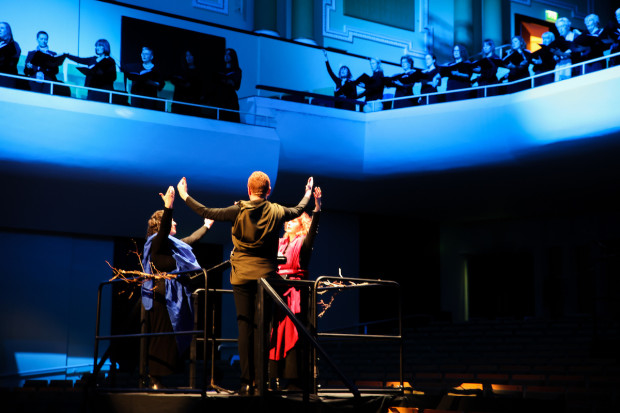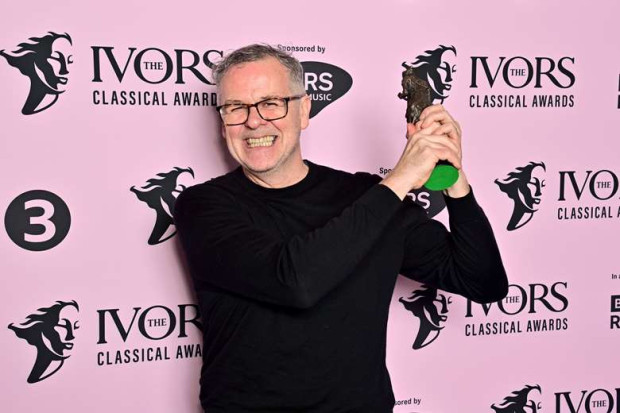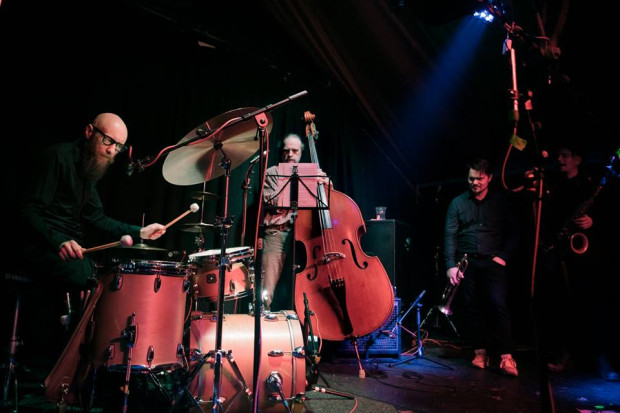
Brian Irvine
Why We Need to Transform Our Orchestras – and How We Can Do It
I believe fully in the magnificence that is orchestral sonic art. I believe passionately in its unique power to engage us and to inspire individuals and communities to think bigger, to believe bigger and to imagine beyond. It is a form of art that connects us on a visceral level and it is fundamentally important that as a society we have these exotic, brilliant sonic engines to drive new thinking and new imaginations.
Having said that, I also believe that, by and large, orchestras are failing to deliver on this, and the reason is a structural as well as an aesthetic and perhaps even a class one.
‘That’s not for me, that’s for them’
Orchestral sonic art belongs to everyone, and it is important that we are able to experience the superb repertoire of the orchestral canon – music that is generally supported by a loyal concert-going public, who are mostly middle-class and white.
This is the core of what orchestras do – delivering the classical music equivalent of the pub cover on a Friday night – and I get that. You have to give the people – the subscribers – what they want. The difficulty is that, because of this, all the other people who make up society simply say: ’That’s not for me, that’s for them’. And so huge numbers of people miss out on something that is extraordinary and transformative.
This is a problem, and it can only be addressed by some radical rethinking of what an orchestra’s artistic priorities are. Just because the phrases ‘developing connections’, ‘increasing access’, ‘audience development’ and ‘reducing the barriers to experience’ are at the forefront of everyone’s thinking does not mean that orchestras are equipped to deliver on this. In my mind, they are not.
Relevance and pomposity
If orchestras are serious about reaching out and connecting to new people and societies, about bringing the brilliance of the orchestral experience to more people and in more imaginative ways, and changing for a lifetime somebody’s understanding of, and involvement in, orchestral sonic art, there is only one truly effective way of delivering on that.
That is by the creation and delivery of ambitious new work that places the experiences, lives and worlds of people from every dimension of society at its heart; the making of new work that creates relevance for teenagers from West Belfast, homeless adults in Hull, or residents of down-trodden housing estates in Bangor – or wherever.
In my experience, this is where it all starts to fall apart for orchestras, because engaging and inspiring these communities is a sideline to what orchestras are all about – it is ‘Education and Outreach’, a phrase that I absolutely loath for its pomposity! It says, clearly: ‘Whatever work we make with you is not art. It belongs somewhere outside our programme and could never stand up beside the symphonies as artistically and aesthetically important.’
Until orchestras re-examine the need, value and excellence of the art which is, for a lack of a better term, ‘participatory’, then they can never fully bring about real transformation.
The importance of the now
Related to this is the fact that orchestras have somewhere along the way lost the importance of the now. Unlike the visual art world that champions and relies on the now, orchestras give lip-service to it. They prefer to comfort themselves in what they have always done, in the way they have always done it, save for the odd new commission which for the most part does not involve anyone else but a composer and the orchestra.
Why not make new exciting sonic art with other things, with other people, with other groups? Is this not a proper and exciting pathway to create genuinely fresh sounds, to build connections with whole communities who currently feel orchestras are weird alien constructs that have nothing in common with them and their lives?
There are vast untapped oceans of people who are categorically unengaged in orchestral sonic art and that isn’t because it’s not for them; it’s because the orchestras are uninterested in connecting with them in an equal, creative and respectful way. Orchestras cannot imagine how these connections can produce artistically excellent work.
Value should be everything
Creating new work with new people in new contexts builds a relationship between diverse and profoundly different attitudes to life. Building such work in proper partnerships changes everything. It nurtures relevance between the elusive world of orchestral concert halls and communities. It constructs a platform for marginalised existences and experiences to be heard by others. It creates value – value of oneself, of one’s community, of one’s ambition, of one’s culture, of one’s experiences. The creation of this type of value should be everything for every cultural organisation that is serious about art and what it can do.
The problem is that orchestral institutions do not have within their infrastructure the skills required to make this new work. Orchestras are made up largely of performers, conductors and administrators, and maybe a few have composer-in-residence programmes. They do not have sonic invention departments – teams of composer-orientated innovators from all areas of music who have the skills to make new work with anybody who is up for it. Teams of esoteric, cool people who can build from the simplest idea something extraordinary and who can bridge the gulf between skilled performers and non-performers, effortlessly and imaginatively. People who are ludicrously inventive, bright, adventurous, warm, communicative, inspirational and fun and who are utterly exhilarated by the sonic art possibilities that these different people, skills, places, attitudes and perspectives may yield.
But wouldn’t it be amazing if they did?
The Exceptional Sonic Art Department
Wouldn’t it be wonderful if orchestras scrapped their Education and Outreach departments and accepted fully that great art can and should be made by combinations of anyone; if they brought in ranks of highly skilled creators that connected the brilliant performance skills of their musicians with the extraordinary, vast and fresh sonic imaginations of people and their communities? And instead of bombarding them with the virtues of connecting to the established classical repertoire, they started to say: ‘The making and imagining of orchestral sonic art is something anyone can do – and by doing it you can change everything about the world in which you live!’
I imagine a world of orchestras where Education and Outreach departments are replaced by Exceptional Sonic Art departments, where everything that isn’t Beethoven or Tchaikovsky lives and is created. Exceptional Sonic Art departments are driven by the ideas of a group of highly skilled artists, composers and radical sonic inventors who are driven to explore the boundaries and aesthetics of what orchestral art is.
It is a world where orchestras make their art with anyone who cares to want to make it with them, be it concert pianists, people in care, flute bands, young offenders, long-term unemployed, professional soloists, autistic adults, bankers, knitting circles, skateboarders, adults with brain injuries, police officers or cerebral palsy schools.
Exceptional Sonic Art departments embrace a new manifesto, believing that we are all born artists, it is just that some of us are more aware of it than others.
They are committed to making artistically ambitious work that relies on unique concoctions of different kinds of people; understanding that often the greatest art happens in secret, that their job is to seek it out and in doing so reveal its magnificence, making new work that transforms communities from the ground up and in turn enhances the lives, attitudes and artistic vision of all involved; making new work that enables people to be the most supreme version of themselves.
Now that is what I call an orchestra!
This is a version of a ‘provocation’ presented at the Association of British Orchestras conference in Belfast on 24 January 2019.
Brian Irvine’s Totally Made-up Orchestra will perform at New Music Dublin festival on 2 March; the Brian Irvine Ensemble is on tour in Ireland (Belfast, Limerick, Dublin – IMC Spectrum Festival, Navan) on 6–9 March; and a new work Anti Clockwise with the Ulster Orchestra will be performed at the Ulster Hall in Belfast on 14 March.
Published on 14 February 2019
Brian Irvine is a composer, co-Artistic Director of Dumbworld and part-time Professor of Music at University of Ulster.

















